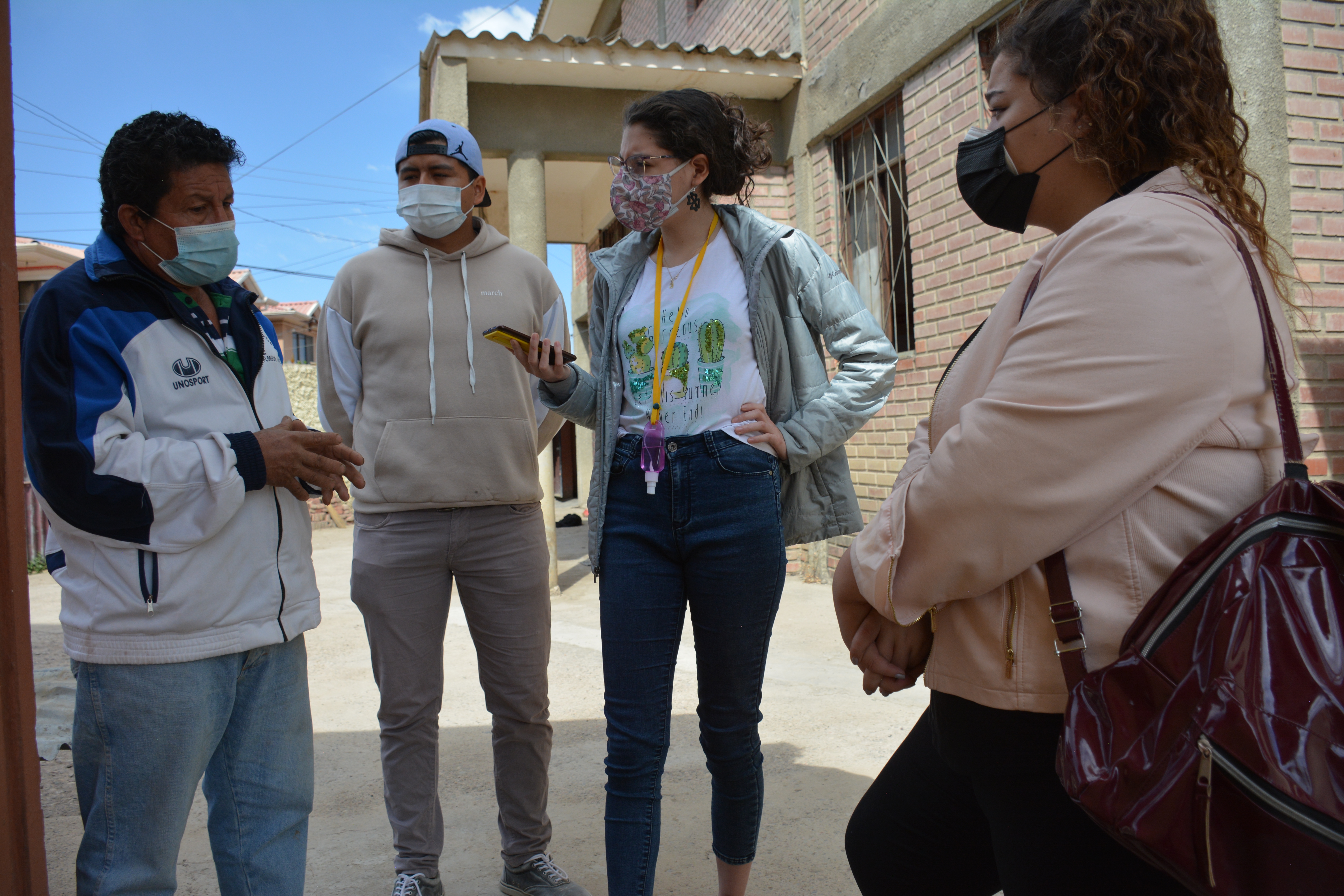
SPECIAL AWARDS
BEST INTEGRATE HUMAN PRACTICE

Human Practices
The Problem & Our Human-Centred Approach
Arsenic (As) is classified group 1 as carcinogenic for humans (1, 2), and its presence in drinking water is a major concern to health due to the diseases that cause it. Muñoz et al, (2016) state that the presence of As in water, mainly in groundwater, is the result of natural geochemical processes and anthropogenic activities, such as mining, impacting on water and soil around communities. The environmental quality is severely affected by large discharges of acid drainage with high concentrations of metals and metalloids such as Arsenic. Studies in Bolivia assessing this issue have shown that water from shallow wells (up to 30 m), used for human consumption, have As concentrations of 25 times more than the Bolivian standard and the WHO recommendation (10 μg/L) being the women one of the most vulnerable parts of the populations (4, 5) .
We, the human practices team, wanted to integrate all actors who experience the lack of access to safe drinking water and sanitation. Therefore we carried out activities related to ethics, sustainability, and safety. Our main objective was to learn about the problem of arsenic in water in Bolivia, to reach the communities where the presence of this metal was documented, and to introduce the use of biosensors as a tool for arsenic detection. We were interested in knowing the human context of Arsenic contamination in rural and urban populations from the Altiplanic and valley regions of Bolivia. For this, we did an extensive bibliographic review, and interviewed different experts on the topic. Thus, we were able to understand the degree of the contamination, and approach the rural communities in a systematic way.
References
1.- Kapaj, S., Peterson, H., Liber, K. & Bhattacharya, P. 2006. Human health effects From Chronic arsenic poisoning – a review. J.Environ.Sci.Health, Part A 41:2399–2428.
2.-Chen, C. J., 2010. Health hazards of arsenic in drinking water. In:Jean, J.S., Bund-schuh, J., Bhattacharya, P. (Eds.). Arsenic in Geosphere and Human Diseases 2010. Taylor & Francis Group, London. pp. 251–253.
3.-Muñoz, M. O., Aróstegui, J. L. G., Bhattacharya, P., Sracek, O., Moreno, M. E. G., Kohfahl, C., & Bundschuh, J. 2016. Geochemistry of naturally occurring arsenic in groundwater and surface-water in the southern part of the Poopó Lake basin, Bolivian Altiplano. Groundwater for Sustainable Development. 2: 104-116.
4.-Ramos, O. E., L. F. Cáceres, M. R. Ormachea Muñoz, P. Bhattacharya, I. Quino, J. Quintanilla, O. Sracek, R. hunvik, J. Bundschuh, and M. . Garc a, “Sources and behavior of arsenic and trace elements in groundwater and surface water in the Poopó ake Basin, Bolivian Altiplano,” Environ. Earth Sci., vol. 66, no. 3, pp. 793–807, Jun. 2012.
5.-Gardon, J., Tirado, N., Broberg, K., Vahter, M., 2016. Arsenic exposure and metabolism among women in Bolivia. Arsenic Research and Global Sustainability. Taylor & Francis Group, London, UK, pp. 392–393.
Designing Our Human Practices Framework
Our activities were guided to cover those needs, without forgetting that at some point we plan to continue with our project and we will dedicate the deserved time to rural communities.
Then, we continued with the research and finally made our decision. One of the papers that helped us to know more about the arsenic problem was the "Water Chemistry of Arsenic Naturally Produced in Underground Water in Cochabamba - Bolivia” written by Ramiro Escalera PhD. and Mauricio Ormachea PhD. In this work, eighteen water samples from wells that supply eleven urban communities were studied in the lower valley of Cochabamba. Arsenic concentrations ranged from values below the detection limit, 3 μg/L, to a maximum of 581.7 μg/L. Up to 55.6% of the wells presented As concentrations above the maximum allowable value. A peri-urban community with the presence of arsenic turns out to be more accessible to us. After analyzing the situation, we decided to elaborate a survey and interview local authorities from five different communities to know their opinion about the presence of arsenic in their water sources. At the same time, we provided information on biotechnology and synthetic biology to know their position on these topics.
Genetic engineering sometimes falls within the limits of bioethical dilemmas. The precautionary principle generates panic in people that are not informed about the topic. We established positive dialogue with institutions always thinking of involving local actors in the understanding and development of molecular biological solutions to environmental problems. We will be able to establish a precedent in Bolivia by showing that synthetic biology can impact our country and change our lifestyle.
Our Human Practices Journey
The dynamic between the public perception and our attempt to present our project as a first step in arsenic contamination in the environment was a real challenge. This is why we decided to contact different experts in areas such as: economics, sociology and engineering. We had these interviews in virtual meetings from March to August, and helped us to decide which approaches were the most appropriate to illustrate a problem.
Virtual meetings with some professionals.

Maria del Carmen Ledo, PhD.

Doctor Ledo, an economist specializing in water with a focus on social issues, was interviewed to learn about her experience with water and society. Her socio-economic background and experience on the water distribution in Cochabamba showed us that the lack of access to water was leading people to adopt their own solutions in this regard, resulting in the vulnerability of certains groups in the population. The described dynamics have an effect on different dimensions of the society such as the life expectancy, the unequal cost of the water by region, and even more severe problems like miscarriages caused by lead contamination. Therefore, even the money allocated for water sanitation issues would be insufficient to meet the high needs of Cochabamba's population.

Noemi Tirado, PhD.

Doctor Tirado is a biochemist that worked with ten rural communities affected by high concentrations of arsenic in the Bolivian Altiplano. Considering what doctor Ledo mentioned about the water problems in Cochabamba, we decided to do this interview. She told us about the importance of arsenic contamination and it’s genotoxicity. She remarked on the importance of being able to discuss with the members of the rural community and helped us to understand the importance of integrative work with an anthropologist point of view. The aspects that should be considered are knowing the culture, age, percentage of inhabitants, interest in the role of the women in the community, and being aware that they may also have complex social needs.

Miguel Angel Peñafiel,B. Sc.

Mister Peñafiel is an agronomist who worked in rural communities whose main income came from gold mining. After doctor Tirados’s experience, we decided to learn more about visiting rural communities, so we had an interview with him. He gave us some advice on strategies that should be taken to approach the neighbors of the rural communities. In his experience, people from rural areas had already been offered other projects but unfortunately these projects only showed the problem without addressing possible solutions. This is why his suggestions were focused on the development of solutions beside our project. He also suggested that we needed to talk first with the ones in charge in each community, use simple words, and try to speak their language.

Mauricio Ormachea, PhD.

Doctor Ormachea is a specialist in arsenic geochemistry. When we met to talk about arsenic in Bolivia, we managed to understand that different parameters had to be taken into consideration to develop our biosensor. He talked about how to measure the degree of impact on rural and peri-urban communities affected by the presence of arsenic, as well as the challenges in detecting heavy metals in drinking water, since water as such, not only comes with metals, but also with organic matter and other elements. This made us reflect that we should focus on visiting the most populated communities and look for the most simple water matrix to sample.

Scientific society of students in archaeological and anthropological research.

Our next step was to interview students that are members of the anthropology and archaeology research society. As we were determined to visit rural communities and document information for future participants in iGEM, a manual of how to visit one was made with the help of the society. However, they warned us that people shouldn’t be treated as study objects since they would be protagonists of the project. They also mentioned that the team must experience the cultural framework of a community, and we noticed that we needed extra time besides the competition to plannify a successful social research.

UPB - AGUATUYA


Taking into account all the points that the anthropology students remarked, we realized that we could redirect our proposal to peri-urban areas impacted by arsenic contamination. So we contacted the Bolivian Private University (UPB abbreviation in Spanish for Universidad Privada Boliviana) and the Bolivian organization AGUATUYA. We met with four experts on water quality: Ramiro Escalera, PhD., Renato Montoya, BEng., Ivette Echeverria, BEng. and Oliver Saavedra, BEng. At UPB, they have been investigating arsenic, its detection and remediation, since 2011. They told us more about the previous sampling campaigns and updated the water quality data for wells in Cochabamba. The update was done in a sampling campaign in 2019 where they added new wells from nearby urban communities. To detect arsenic, they used the hydride generation combined with the atomic absorption spectrophotometry. AGUATUYA performs water quality monitoring in wastewater treatment plants. To know the quality of the water obtained from these plants, they used fish as indicators. However, the heavy metals in water do not undergo any transformation in terms of biological treatment. The treatment plants play an important role because, after treatment water is often used for irrigation of different crops.

CASA

A very important center with long experience on the microbiological and physicochemical quality in water was also mentioned in papers and in the meeting with UPB, is the Water and Environmental Sanitation Center (CASA). Three professionals from this center were present in the meeting: Ana Maria Romero, MSc., Carla Oporto, PhD. and Mercedes Iriarte, MSc. CASA specializes in analyzing different metals present in water due to their toxicity and mainly in waters from areas with mining activity in the highlands of Bolivia. According to their experience, in Cochabamba there is no evidence of heavy metal concentrations exceeding the levels generally permitted in drinking water or wastewater. However, an in-depth study of arsenic concentrations in different water sources has not been carried out, as a result, there isn't a standardized methodology to detect arsenic in water. They mentioned that atomic absorption and inductively coupled plasma mass spectrometry are commonly used for arsenic detection. While describing the scenario, the experts recommended us to Ramiro Escalera. Finally, they told us a bit about their experience with well sampling, offering us help on taking the samples correctly so that our concentration determination results were reliable when validating our project.

Álvaro Mercado, MEng.

Alvaro Mercado is a civil engineer who has been performing research in environmental engineering and chemistry. After receiving all the information from CASA, we wanted to get deeper into the environmental problem of heavy metals in general. He considered that arsenic contamination is quite relevant, since it comes from two sources, industrial pollution (mining activity) and soil removal in which case the metal is present naturally in the environment. The most affected regions in our country are the Bolivian highlands, due to the intense mining activity that is developed, as well as regions where there are several industrial fields as in the case of the city of Cochabamba.

Ramiro Escalera, PhD.

Doctor Ramiro Escalera is specialized in developing wastewater treatments for drinking and industrial water. After reviewing the literature about the presence of arsenic in Bolivia and with the recommendation of CASA, we found the project "Detection and removal of natural arsenic in disadvantaged areas with groundwater supply (Bolivia)". In this work, the method of Arsenic Removal by Solar Oxidation (RAOS) is proposed for the metal removal. We also discuss the state-of-the-art methods used for arsenic detection, and how our project would imply in terms of economic and social impact. We also had access to urban community well locations and concentrations data to validate our project to previous works.
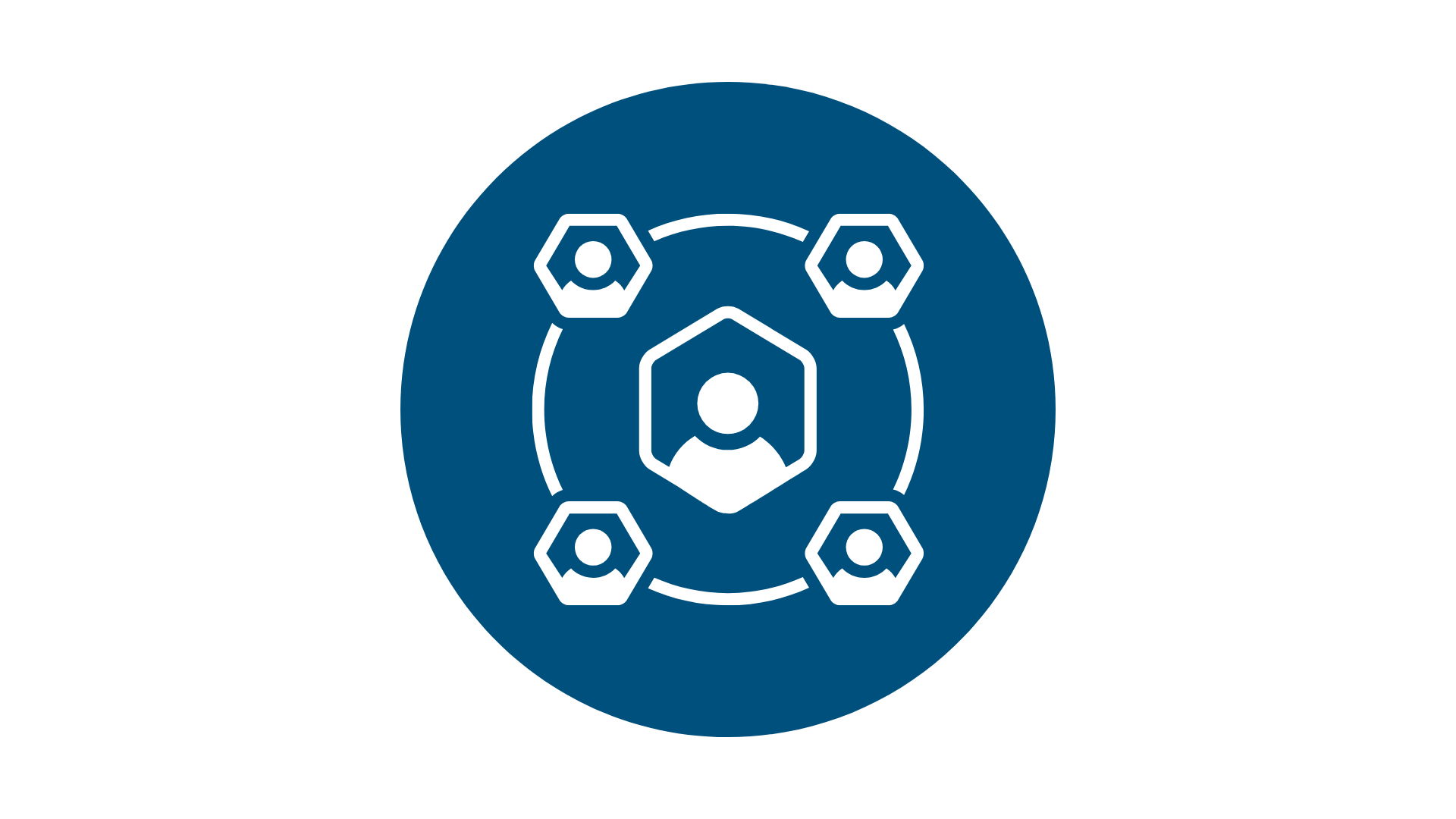
Sarita Rocha, BSW.

Miss Rocha is a social worker and community development counselor. As we received the information we needed to visit and interact with the urban communities, we required guidance on the correct way to approach them. She told us that in order to develop the questionnaires we should make a diagnosis step which consists of measuring the education level, knowing the needs of the population, checking the health background, and how they behave among other suggestions. With this information compiled, we should ask ourselves what kind of the population we want to target and then decide how to reach the community. Crucial traits we had to develop for a better approach are to be collaborative, cordial, inclusive, and democratic. Another recommendation was that the importance of being mediators and counselors, not bosses,and including the opinion of others is the best way to realize an introduction to a problem. The qualitative questionnaire was developed after the compilation of information of the urban community, always taking in consideration the social context of the people. Once the surveys were done, we should try to connect with them and catch their interest in our project. The way we thought was to hold a workshop to introduce synthetic biology and our project; however, because COVID-19 restrictions we looked for new alternatives that were dynamic and participatory. This is how we fulfilled our objectives and the social commitment while working with urban communities.
Map of access to locations and concentrations of Arsenic in Bolivia
Integrated Human Practices
Our first approach
Interviews with the presidents of the urban communities
As part of the diagnosis, Miss Rocha mentioned that we should interview the urban communities we were about to visit. After having access to the wells’ locations, we seeked out how to approach these urban communities. We interviewed five presidents of communities in order to know more about the group and to ask permission to make the survey.
Urban communities

Survey Results















Visit to the communities to carry out the questionnaires
We started a survey that aimed to know the perspective of the people living in these locations about the real problems they face in relation to water, to verify if our project would be really beneficial for the population, and to take the first step to solve the problem in the future. We started by making a diagnosis of the population in order to know their current water situation and to be able to carry out the planned questionnaires. As a second phase, we conducted surveys in five urban communities. When we realized the situation, we decided to implement didactic and informative material to present our project and synthetic biology.
The survey had 16 questions, including basic information, as well as a series of questions on the accessibility and perception of water service, public knowledge on the current situation of water pollution and its proper treatment, public awareness on the current situation of contaminated well water, effects caused on public health by contaminated water, ending with the understanding of our project and how biotechnology proposes some solutions to this problem. A total of 124 people were surveyed.
Objective
To know the needs and problems regarding the contamination of wells or drinking water among the TBOs, in order to find out the benefits and limitations of our project.
Methodology
The surveys were conducted to a sample of 124 people with the help of the local presidents,, and were filled out with mutual interaction between each person and a member of our team through Google forms. Both quantitative and qualitative results were obtained and we analyzed them.
Results
After visiting each urban community we proceeded to analyze the 16 questions resulting in a final report of our visit in the following PDF.
It is important to remark that people didn’t realize how to answer the final questions in our survey. This is why we appealed to personal explanations about what synthetic biology and biosensors are. In general, people were not reluctant to biotechnology and genetically modified organisms, accepting a detection system based on synthetic biology.
The way we used to explain biotechnology, synthetic biology, their applications, and biosensors was to make people feel identified with biotechnology, giving them everyday examples for a better understanding. For this, we used didactic material thinking of the entire population that we could reach at the time of conducting the surveys, thus having crossword puzzles and infographics for adults, and word search puzzles, informative cartoons and stickers for children.
Didactic and informative material used on the visit to the communities.
Conclusion - Usefulness of our project





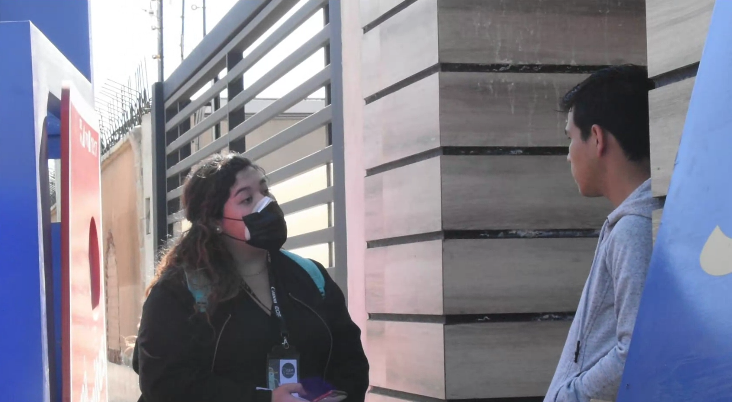




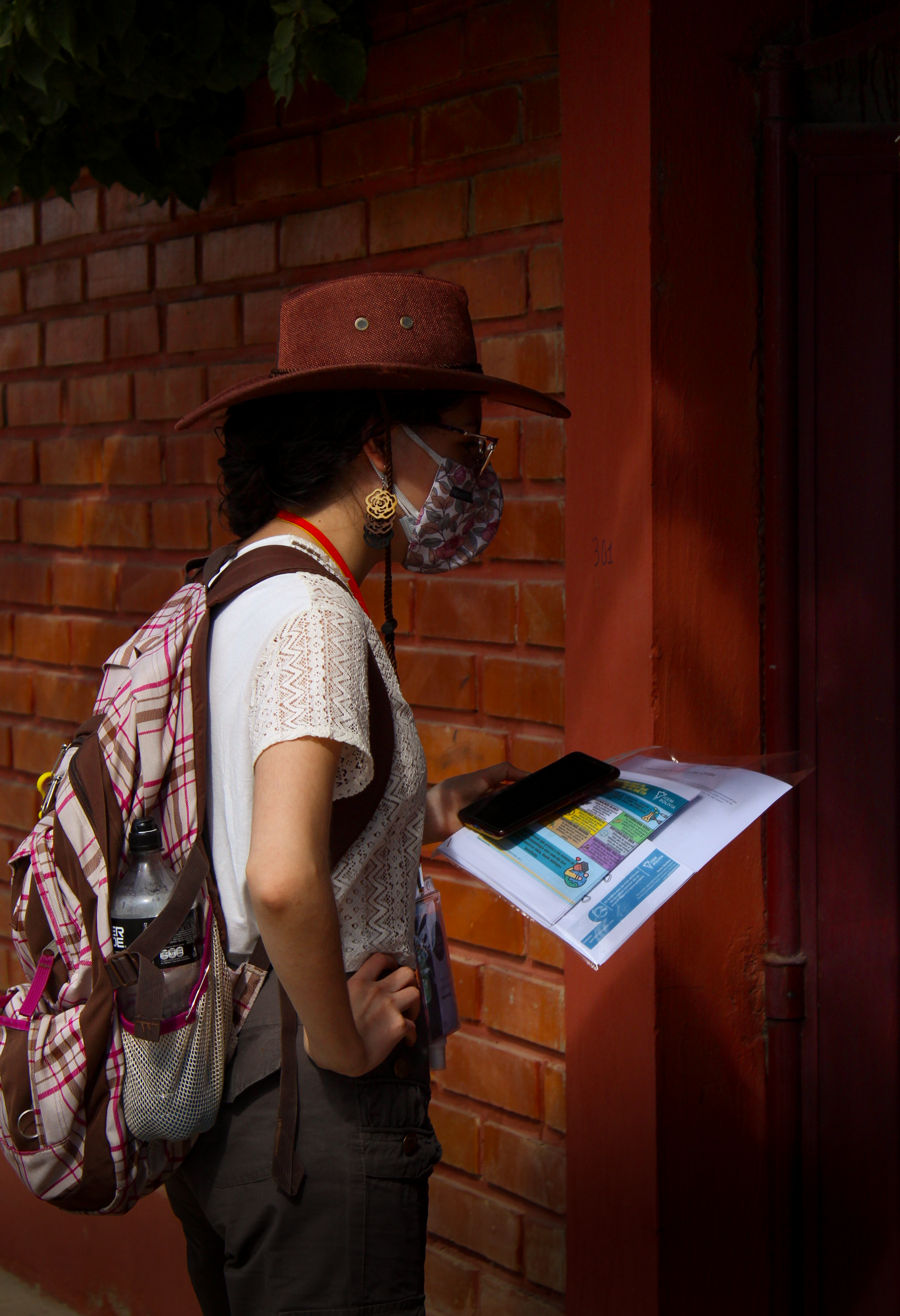




Visit to the communities to carry out the questionnaire.
In view of the evidence collected, we recognised that the necessity of knowing the quality and status of water really exists in the urban communities despite the access to qualified institutions that make these analyses. Many respondents let us know that they have been dealing with the constant shortage of drinking water and the poor quality of it for decades. They have been saving money to invest in analysis for detection of heavy metals. Unfortunately, in some cases an extra investment is needed for the detection of arsenic, this is why people didn't consider it because of the high cost of the analysis and, as a result, they were not conscious about the water situation regarding arsenic. Only one group of the five urban communities was informed about the presence of arsenic on their well. They showed us their concern since there is not an adequate treatment in Bolivia to solve the problem of arsenic, putting them all in the same situation as the remaining four.
As for people's opinion, we realized that, although we talked to them about arsenic and its influence on health, they did not give it importance. In addition, we perceived that it is not only the value they give to the problem, but the money they have to solve it. In one of the communities, we found people who had the money and resources to pay for an analysis, for a private filter, or to bring water from other wells; but we also surveyed people who did not have the same resources, barely paying for their basic consumption with poor quality water.
With this survey, we can be sure that our project would really be beneficial to society. A comparison about the costs of an arsenic analysis showed the high cost of it. For all the stated reasons, we believe that our bionsensor should be accessible in cost, easy to use and read, and manageable without specialized facilities, for letting the people know the presence of this heavy metal in water.
Rural Communities












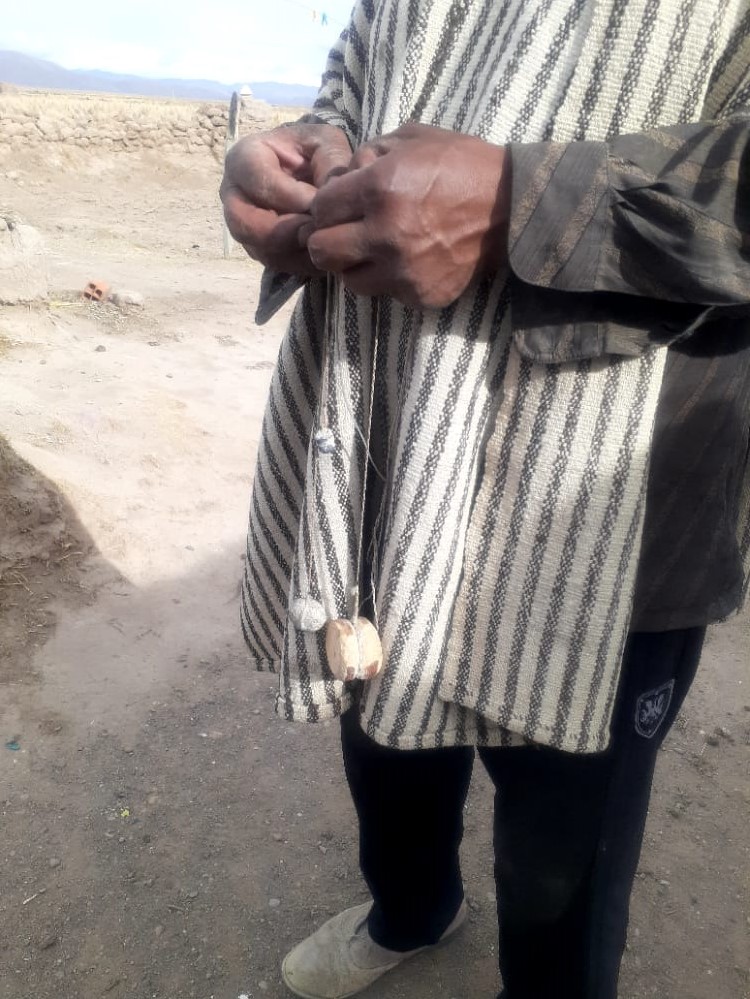
Visit to the rural community
With the results obtained in the urban communities, we persisted with our efforts to visit a rural community but changing our focus to health. In our visits to urban communities, the health centers where people attended were diverse and we were not able to access information about them. We visited the community of Uru-Muratos thanks to the contacts and guidance provided by Dr. Noemi Tirado. The visit was specifically to observe their needs in a closer way.
At the end of the visit we were able to draw conclusions such as: they do not have much information regarding the presence of As, despite the research that proved it. We were able to hear testimonies of people who present harmful effects on their health. They have the same response as the urban communities regarding the perception they have of the water quality, the lack of knowledge of water treatments, and the interest in our project. From the information gathered, it was observed that the community members did not receive any information about arsenic and other metals, and they do not know the danger that these elements represent for health. However, unlike the urban communities, Uru-Muratos’ people already had consequences due to the consumption of water with arsenic in it. For this reason we went to the community clinic and obtained the results shown in the PDF below.
Another important fact is that the ecosystem surrounding them was affected because all the fauna they needed to subsist disappeared due to the scarcity of water and arsenic contamination on it. Finally, it should be noted that, like the urban communities, they do not know the current situation of the quality of their water with respect to arsenic and that is why the biosensor would be a benefit to them.
Organizations




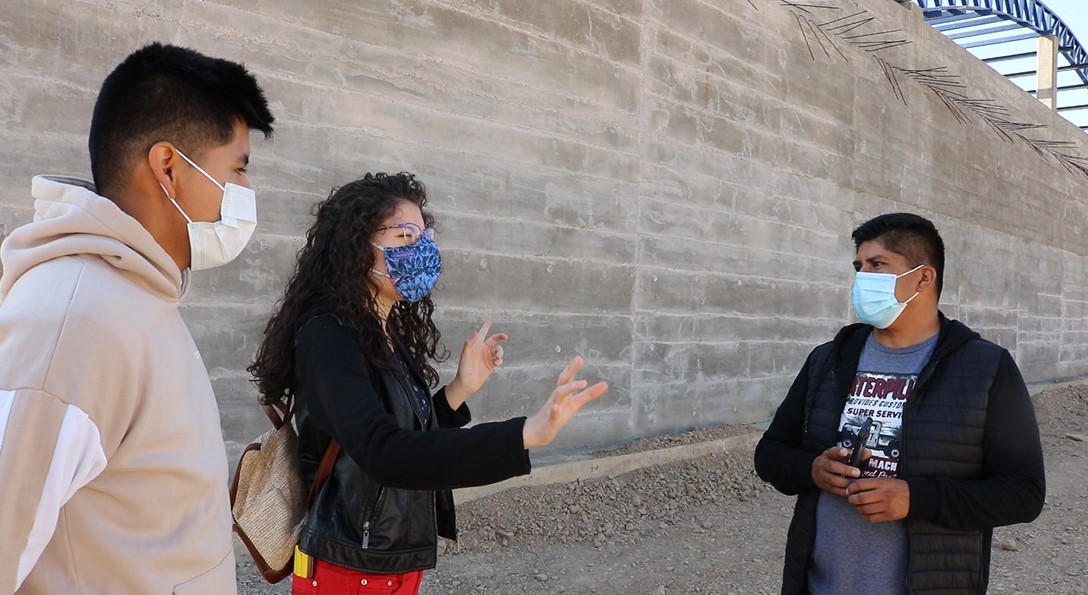






Visit to the AGUATUYA treatment plant.
We visited a wastewater treatment plant under construction belonging to the AGUATUYA. It is located in the city of Cochabamba on the sides of the Rocha River, an area with a history of heavy metals due to the fact that it is surrounded by industries that constantly discharge their contaminated water into the river. We toured the plant and received an explanation of how the entire plant works. We emphasized that the main tool of the purification system is the biological one, using bacteria. We understood that the presence of heavy metals causes the death of these bacteria, and consequently the plant loses capacity and efficiency.
We deepened the explanation on the use and operation of the biosensor. And since the plant works in phases, the engineer Ariel Aldunate, told us that our device could be implemented in the first phase of water entering the plant in order to quantify, take action and prevent damage. He also told us that the water flow entering the plant is 80 liters per second and that the biosensor must have the capacity to withstand these conditions. A heavy metal detection method suitable for the operation of a plant is required. AGUATUYA showed interest in our biosensor.
Conclusion
Throughout our journey we were able to learn and become aware of the great problem of water pollution. It has been a journey full of lessons and we can affirm that our perception about water has changed. We learned that water is death when it is not in a good quality because it harms us in every way. All the research and work will not be in vain as it will be useful as scientific documentation, historical background to researchers or entities with related projects in the future. We also demonstrated that many people are affected by the presence of arsenic in water either in the city or out of it, however, this need is not being addressed by higher authorities. In the same way, like AGUATUYA, there are many companies and organizations that are harmed by heavy metals. We are at the halfway point and we understand that our project is a fundamental step to the solution. We do not intend to abandon the communities who have been the main characters of this work since without them nothing could have been done, who have listened to us and who also need help. This is why we seek to climb step by step until we reach the end.
















